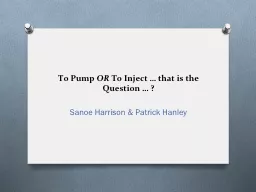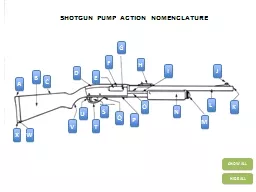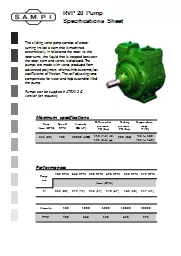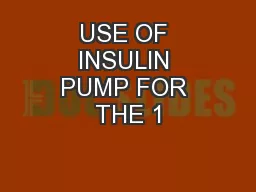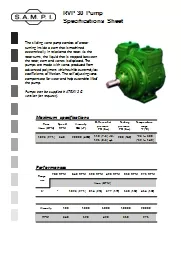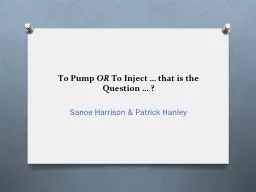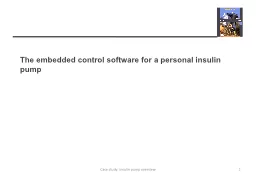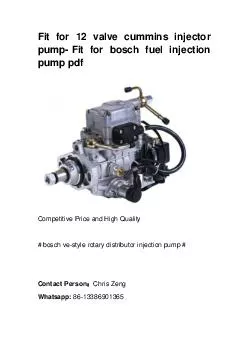PPT-To Pump OR To Inject
Author : pasty-toler | Published Date : 2018-03-15
t hat is the Question Sanoe Harrison amp Patrick Hanley Autoimmune Diabetes Mellitus Review of Problem Glucose in Healthy Volunteers Day Ave SD 930
Presentation Embed Code
Download Presentation
Download Presentation The PPT/PDF document "To Pump OR To Inject" is the property of its rightful owner. Permission is granted to download and print the materials on this website for personal, non-commercial use only, and to display it on your personal computer provided you do not modify the materials and that you retain all copyright notices contained in the materials. By downloading content from our website, you accept the terms of this agreement.
To Pump OR To Inject: Transcript
Download Rules Of Document
"To Pump OR To Inject"The content belongs to its owner. You may download and print it for personal use, without modification, and keep all copyright notices. By downloading, you agree to these terms.
Related Documents

